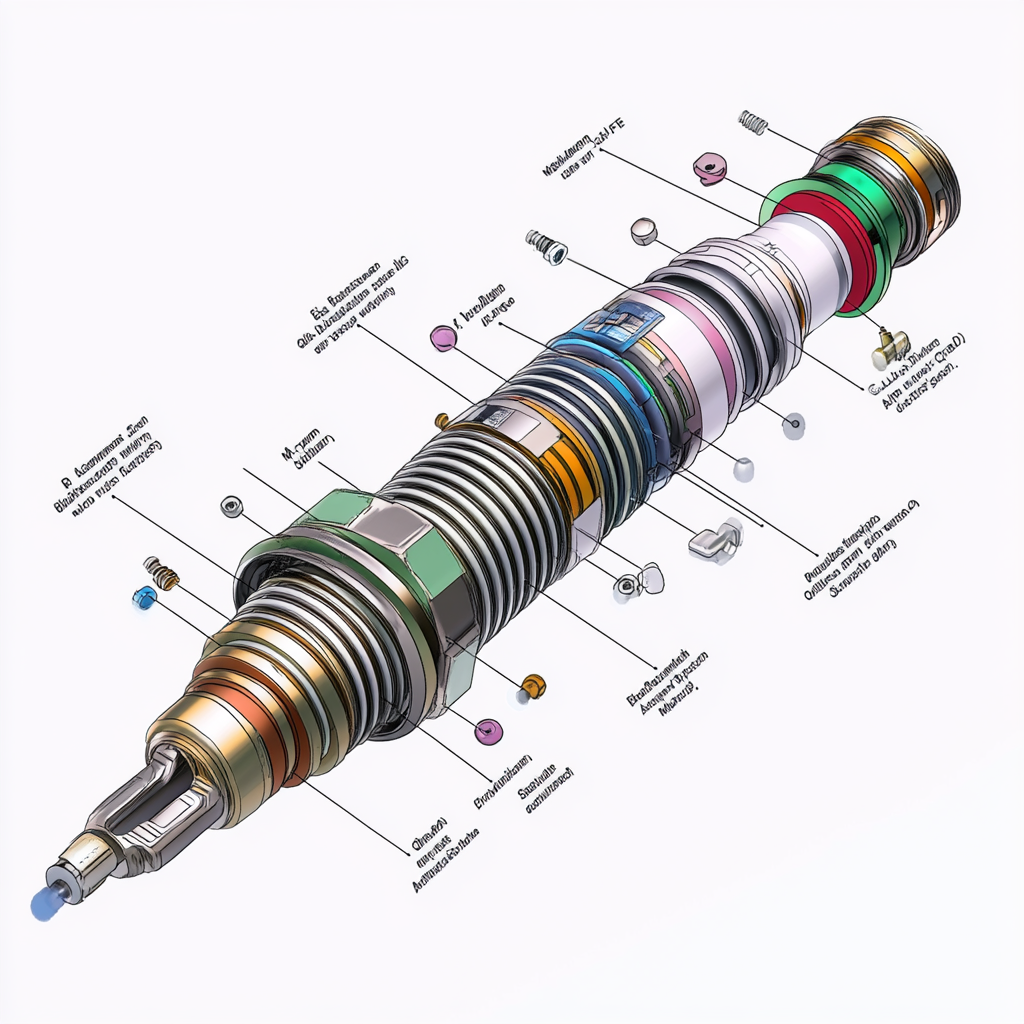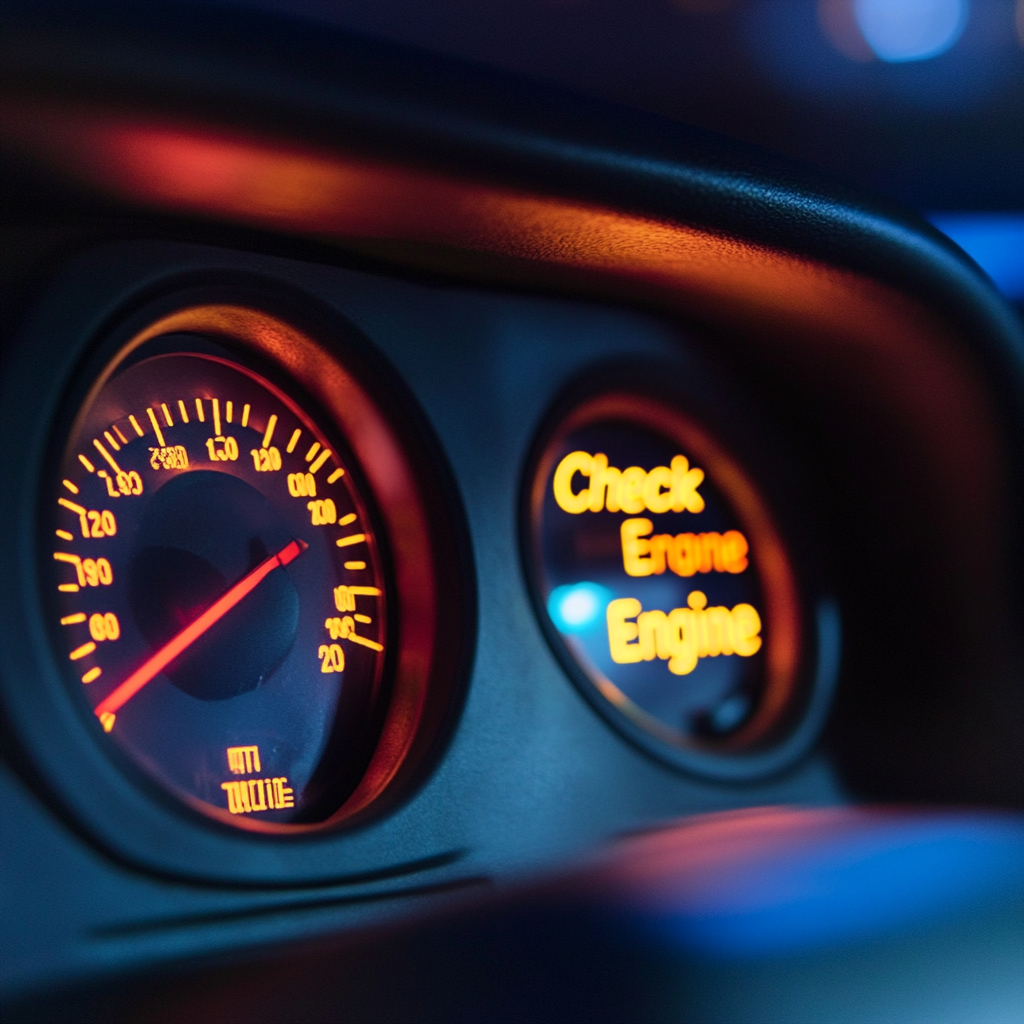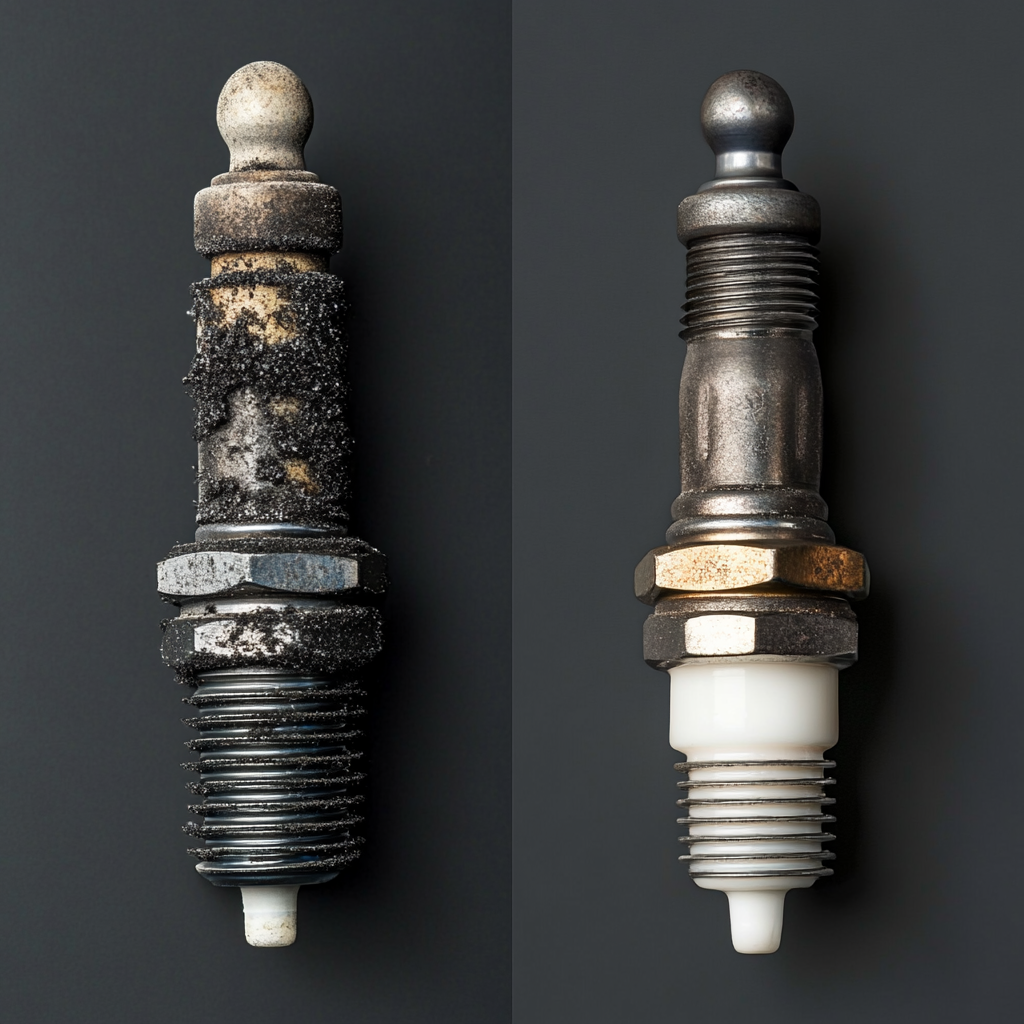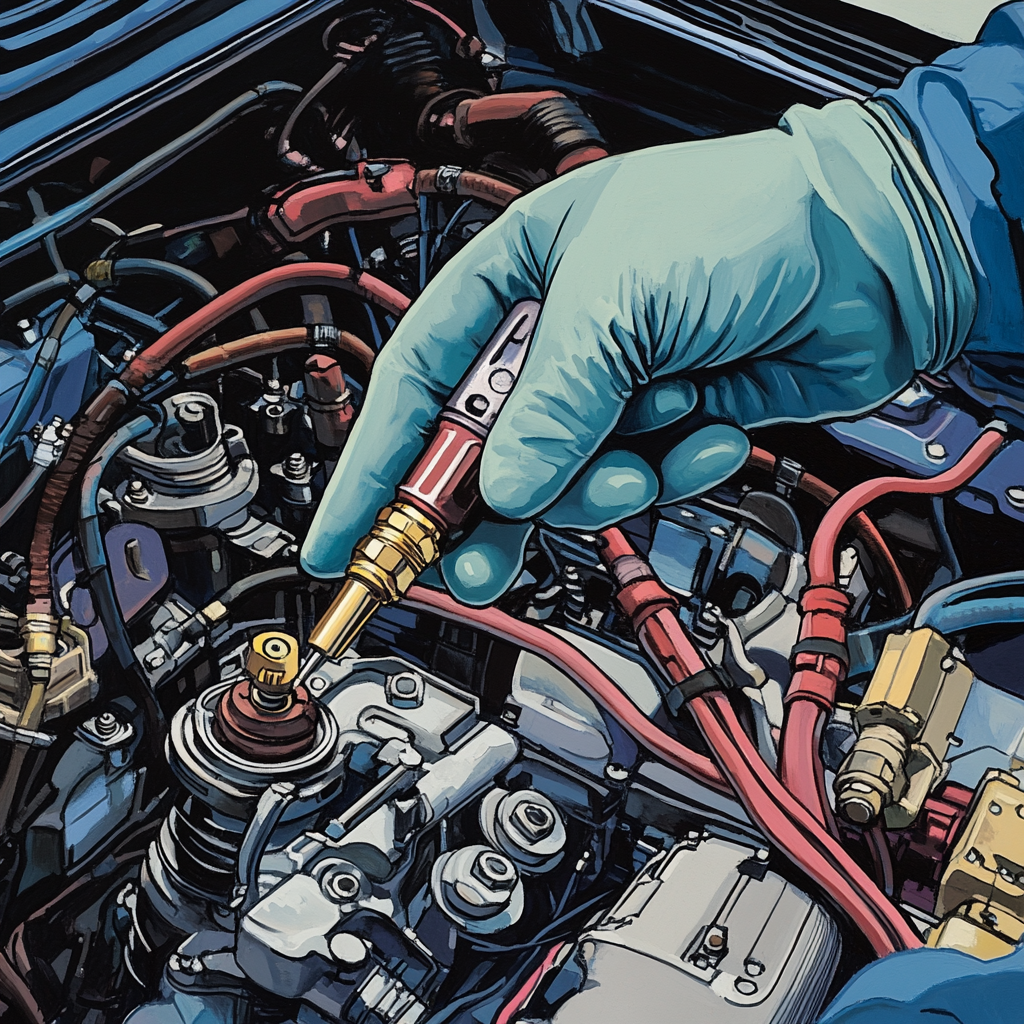
You’ve definitely heard of spark plugs if you own a car or a motorcycle. Considering their small size, spark plugs are crucial to your vehicle. The primary function of spark plug is to ignite the engine’s air-fuel combination, which maintains smooth operation. A malfunctioning spark plug may cause misfiring or decreased fuel economy. If you have the simple skills of inspection and replacement, keeping your vehicles in excellent condition becomes easy. In this guide, we’ll cover everything you need to know about how to check and replace spark plugs.
Understanding the Role of Spark Plugs
Spark plugs do more than just start your car, they help to run your vehicles smoothly. A strong spark burns the air and fuel mixture completely, giving your engine steady power and also lower emissions, which is good for our environment. Good spark plugs also improve fuel efficiency and make the engine work better. They help your automobile run at its peak efficiency by producing a cleaner burn, which lessens the load on other engine components.

Common Symptoms of Faulty Spark Plugs
Worn-out or faulty spark plugs can cause problems you’ll notice right away. Your engine might misfire, making the car jerk or idle roughly. It can also feel slow when you try to accelerate, and starting the engine might take longer. Bad spark plugs can waste fuel because they don’t burn it completely, which makes your car use more gas. These problems not only hurt your car’s performance but also raise your fuel costs over time.

Tools and Materials You’ll Need
Tools
- Socket wrench with spark plug socket (check size: 5/8 inch or 13/16 inch)
- Gap gauge or feeler gauge
- Torque wrench
- Dielectric grease
- Anti-seize compound (optional)

Safety Equipment
- Gloves
- Safety goggles
- Clean, well-lit work area
Preparing Your Vehicle
Getting your car ready before checking or replacing spark plugs is important for safety and to avoid engine damage. Follow these simple steps to make the process smooth.
Make Sure the Engine is Cool
Always work on a cool engine to avoid burns. Turn off the engine and wait at least 30 minutes to let it cool completely. Before starting, check by placing your hand near the engine block (without touching it) to ensure it’s not hot.
Find the Spark Plugs
Locate the spark plugs by checking your owner’s manual. It will have diagrams to help you find their exact position. Older vehicles have spark plugs connected to wires, while modern cars have ignition coils directly on top of the spark plugs.
Disconnect the Battery
Switch off the vehicle and take out the key. Disconnect the battery before working on the spark plugs to avoid shocks. Next, find the battery’s negative (black) terminal. To prevent unintentional contact, carefully remove the cable and set it aside.
Clean Around the Spark Plugs
Clear away any dirt or debris around the spark plugs to keep it from getting into the engine. Use compressed air or a small brush to clean the area. While you’re at it, look for oil or other substances around the plugs that could point to another issue.
How to Check Spark Plugs
Checking spark plugs is a simple task that can tell you a lot about your engine’s health. Follow these steps to inspect them correctly.

Remove the Spark Plug Wire or Ignition Coil
Start by disconnecting the spark plug. In older cars, gently pull the boot (not the wire) to remove it. For modern vehicles, unscrew and lift out the ignition coil sitting on top of the spark plug. If you’re working on more than one spark plug, label the wires or coils to make reinstallation easier.
Unscrew and Remove the Spark Plug
To take out the spark plug, use a spark plug socket and a wrench. Put the socket on the plug and turn it to the left (counterclockwise) gently so you don’t damage the threads. Once it’s loose, you can unscrew it by hand.
Inspect the Spark Plug
Look for indications of wear or damage on the spark plug. The color of a good spark plug will be gray or light brown. A black and sooty plug suggests a rich air-fuel mixture, while an oily plug points to oil leaks. White or ash deposits could mean overheating or bad fuel. Look for worn electrodes or a cracked insulator, which can lead to performance issues.
Measure the Spark Plug Gap
The gap between the central and ground electrodes affects combustion. Use a gap gauge to measure this distance and compare it with your car’s manual. If the gap is too wide, gently press the electrodes closer. If it’s too narrow, carefully widen it with the gauge tool.
How to Replace Spark Plugs
Replacing spark plugs is a straightforward task that can boost your car’s performance. Follow these simple steps for a safe and effective replacement.

Match the New Spark Plugs
Check your car’s manual to confirm the right type, size, and gap for the spark plugs. Ensure the new plugs are compatible, whether copper, platinum, or iridium, and inspect them for any damage before installation.
Apply Dielectric Grease (Optional)
Using dielectric grease can protect against moisture and corrosion. Apply a small amount to the spark plug threads for easy removal in the future, and add a dab to the inside of the spark plug boot.
Insert the New Spark Plug
Start by threading the new spark plug into the engine with your hand. This helps prevent cross-threading. If it feels stuck, stop and try again. Hand-tightening makes sure it’s in the right spot before you use any tools.
Tighten with a Torque Wrench
To tighten the spark plug, set your torque wrench to what the car’s manual recommends. Tighten the plug until it feels snug, but don’t over tighten it, that can damage the threads.
Reattach the Spark Plug Wire or Ignition Coil
Push the spark plug wire boot firmly onto the plug until it clicks into place. For ignition coils, secure them with screws. Make sure all connections are tight and properly in place to prevent misfires. Repeat the same steps for the other spark plugs.
Post-Replacement Checklist
Reconnect the Battery
Reattach the negative battery terminal you disconnected earlier. Make sure it’s tightened securely to prevent power issues.
Start the Engine
Start the engine and listen carefully. A steady, smooth idle means the replacement was successful. Check that no warning lights, like the check engine light, appear on the dashboard. If they do, recheck your work.

Monitor the Car’s Performance
Once you finished your project, now take your car for a short test drive. See if it accelerates more smoothly, starts easily, and if your gas mileage has improved or not. If you notice any misfiring or hesitation, then recheck the spark plug gaps and make sure the spark plugs are properly installed.
Conduct a Final Visual Inspection
Before you close the hood, for last time check the spark plug wires to make sure they’re properly attached. Also quickly inspect the engine area to check you haven’t accidentally left any tools or the old spark plugs behind.
